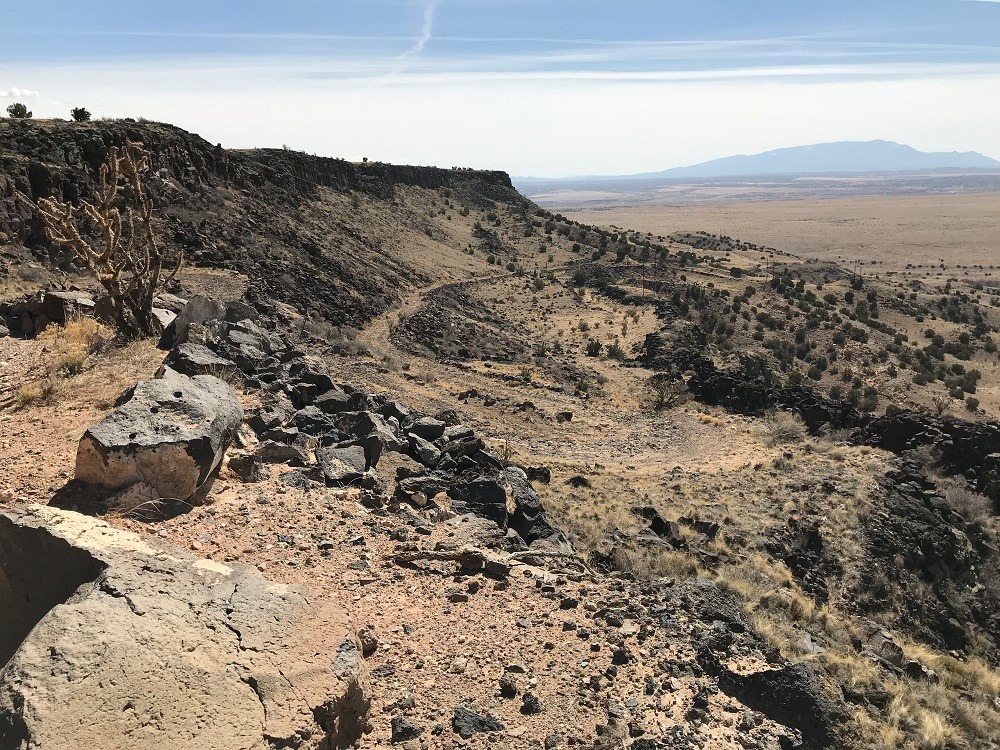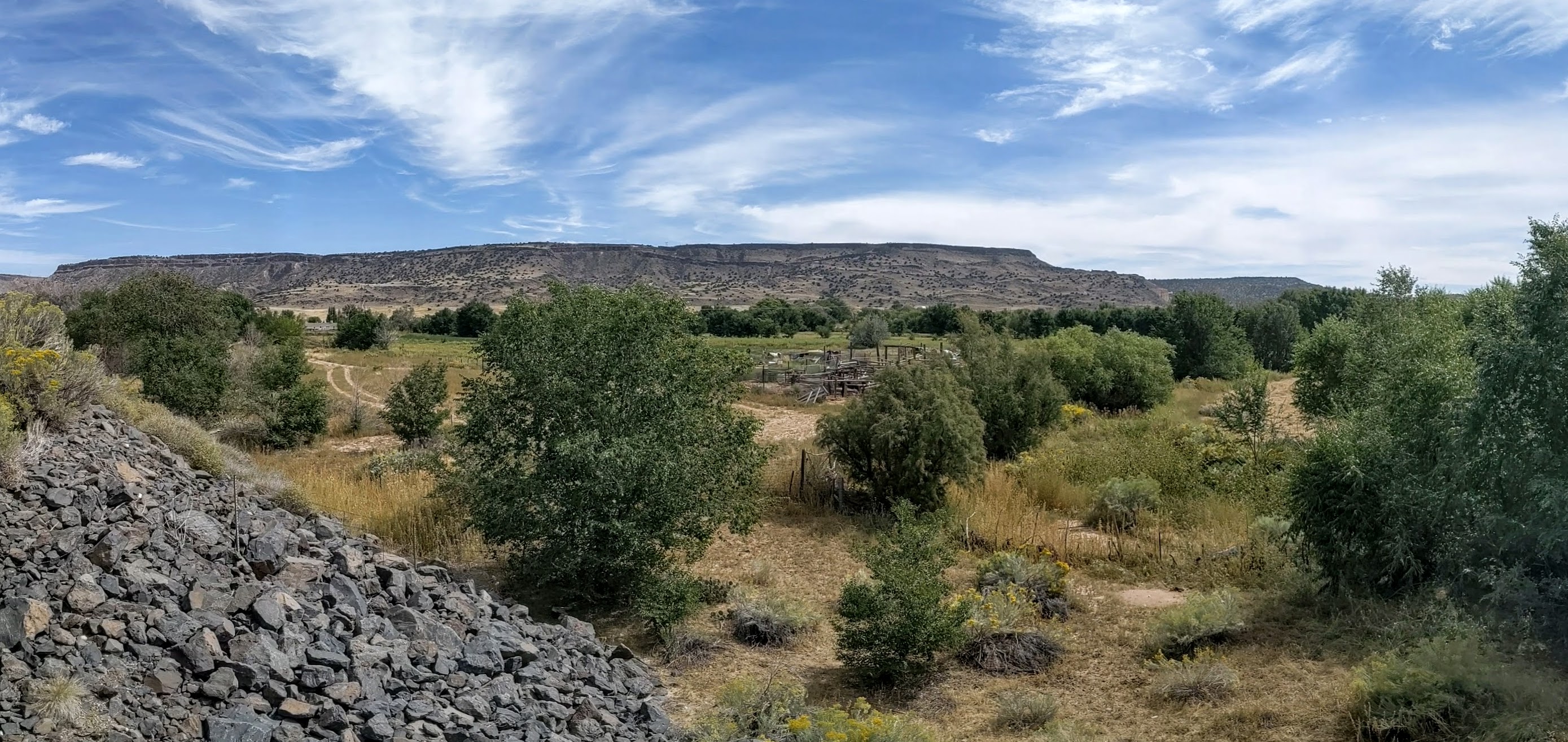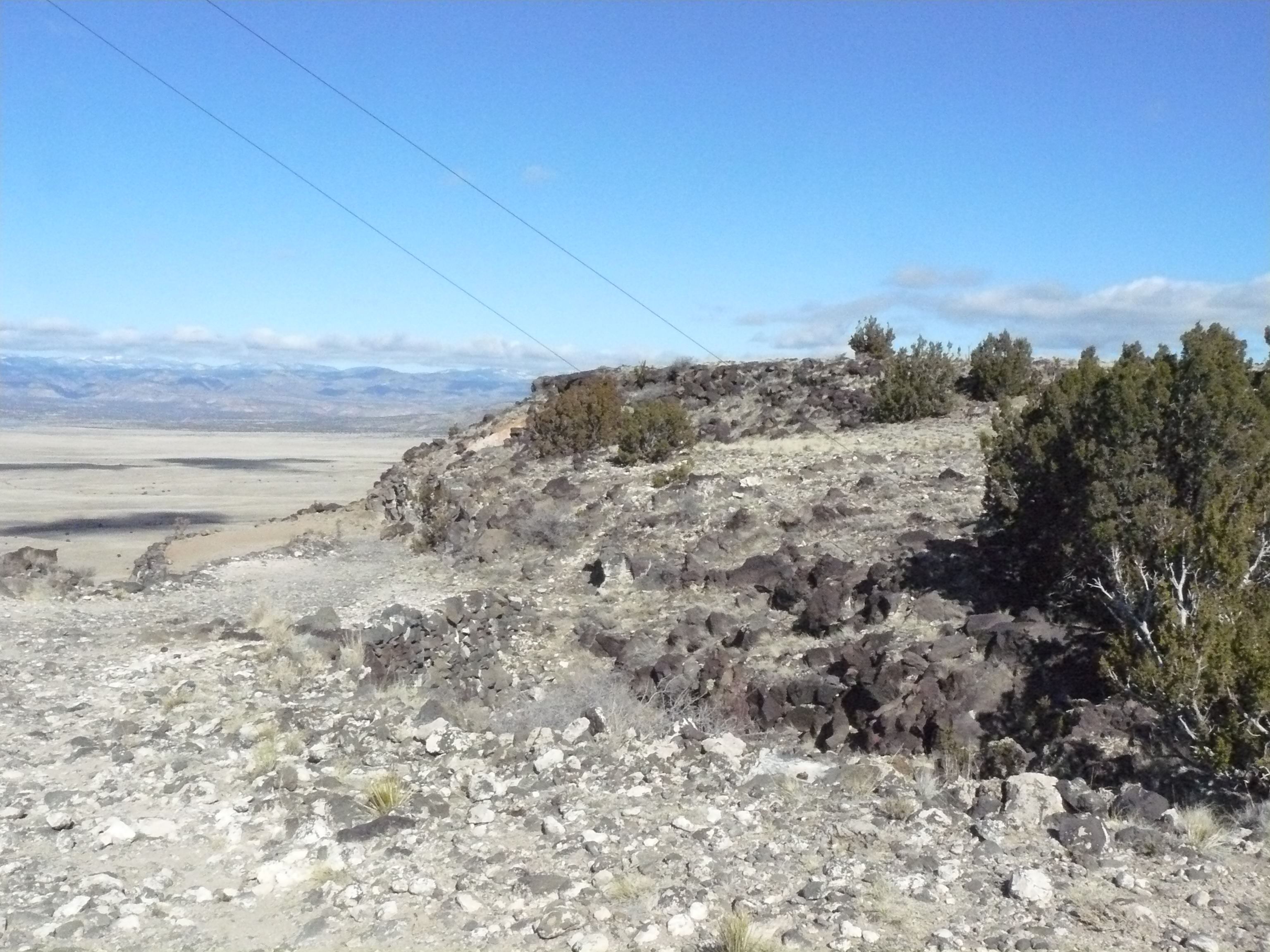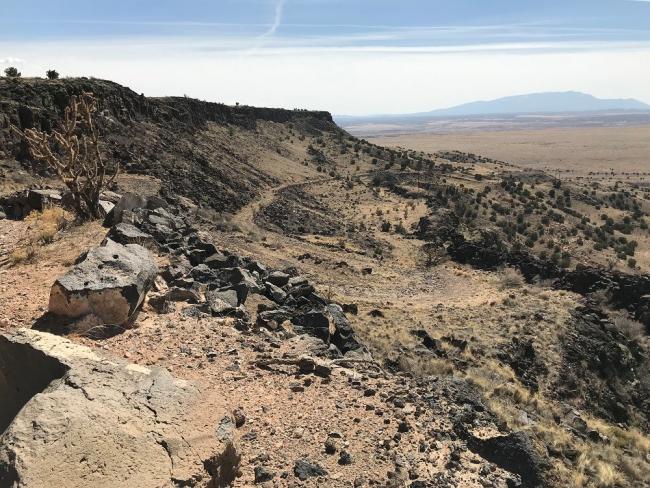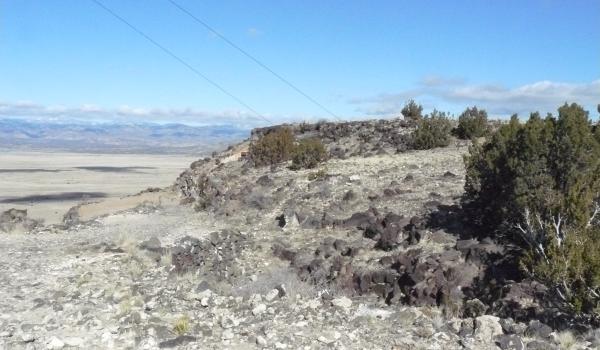Visit us
La Bajada Mesa
Aviso
Do not attempt to drive the slope because the road is very dangerous and Cochiti Village land is halfway down the slope. Permission from the village is required for any access to their land in this area.
Opening hours
Fee
Adress
It is located 28,968 kilometers southwest of the center of Santa Fe, New Mexico
Access
From the intersection of Cerrillos Road and Paseo de Peralta in downtown Santa Fe, proceed 5.5 miles (8.047 kilometers) southwest on Cerrillos to Airport Road and turn right. Take Airport Road toward the Santa Fe airport approximately 4.989 kilometers (3.1 miles) to where it becomes County Road 56. Continue 5.311 kilometers (3.3 miles) on County Road 56 to County Road 56C and take a right turn, heading uphill west. Stay on County Road 56C, which will turn left and become Forest Road 24. Continue on Forest Road 24 for approximately 7 miles (11.265 kilometers) to the edge of the escarpment on Santa Fe National Forest land. You will also cross private Bureau of Land Management land. Do not attempt to drive on the escarpment as the road is very rough and since the Town of Cochiti land is halfway up the slope. Permission from the Pueblo is required for any access to their land in this area.

